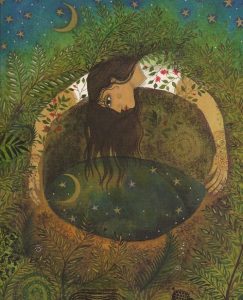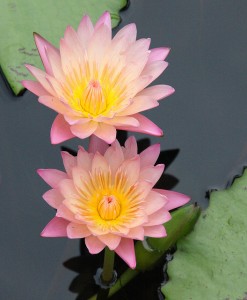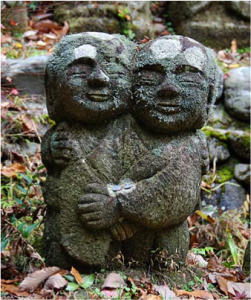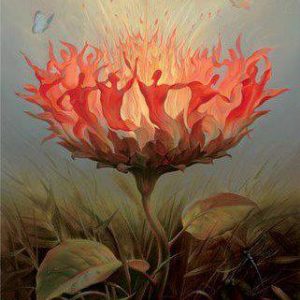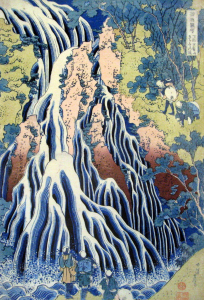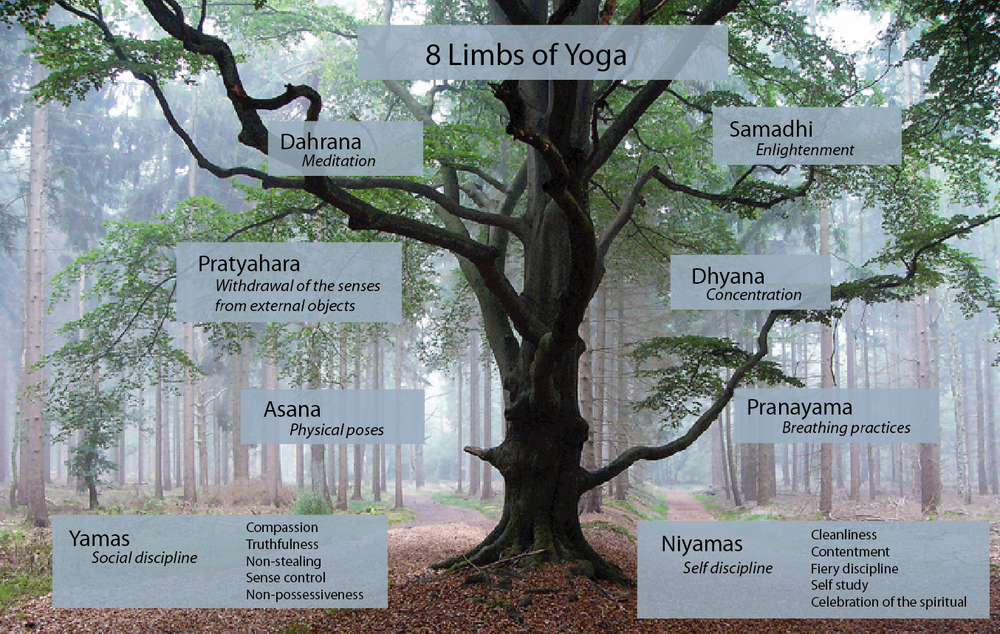 This month, our Moving into Meditation class is focusing on the Yoga Ethic of Isvara-Prañidhânâ: surrendering to one’s highest ideal. This practice of devotion is a path to realizing Samadhi – the state of perfected concentration or the deep absorption of meditation.
This month, our Moving into Meditation class is focusing on the Yoga Ethic of Isvara-Prañidhânâ: surrendering to one’s highest ideal. This practice of devotion is a path to realizing Samadhi – the state of perfected concentration or the deep absorption of meditation.
Patanjali’s Yoga Sutra:
PYS II.45 samâdhi-siddhir îsvara-prañidhânât
From an attitude of letting go into one’s source (ishvarapranidhana), the state of perfected concentration (samadhi) is attained.
samâdhi = oneness, integration
siddhiï = perfection
îsvara = divine ideal of pure awareness
prañidhânât = surrender, dedication, application, alignment
In our group practice I invited students to surrender the sense of separate self to explore an interdependent being with the web of life. From an attitude of letting go into this state of inter-being we might realize Samadhi. We drew on the work of eco-philosopher, Joanna Macy – particularly her wonderful book: World as Lover World as Self.


